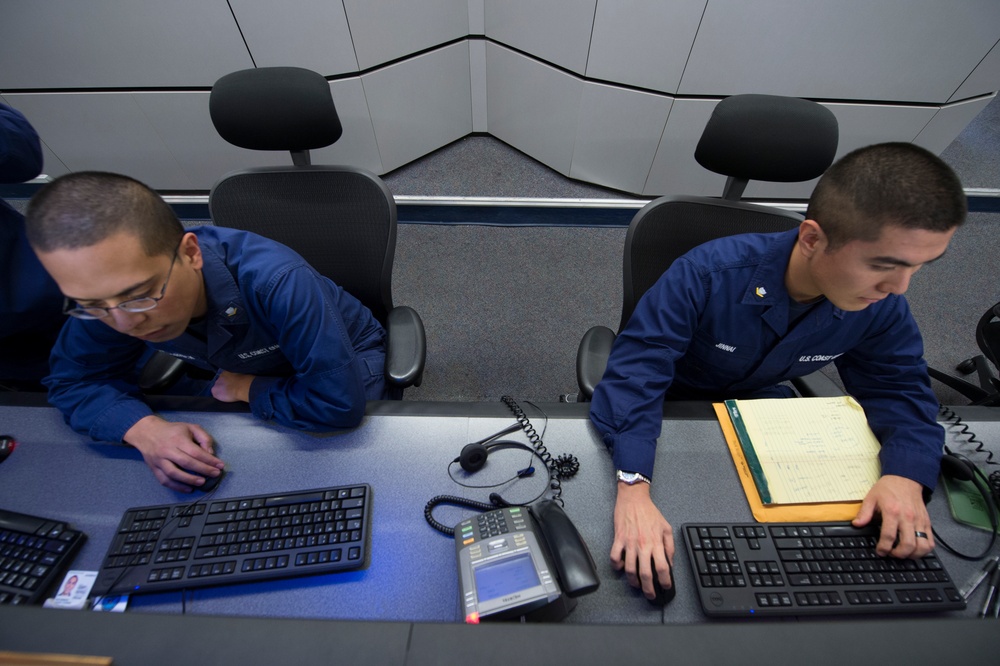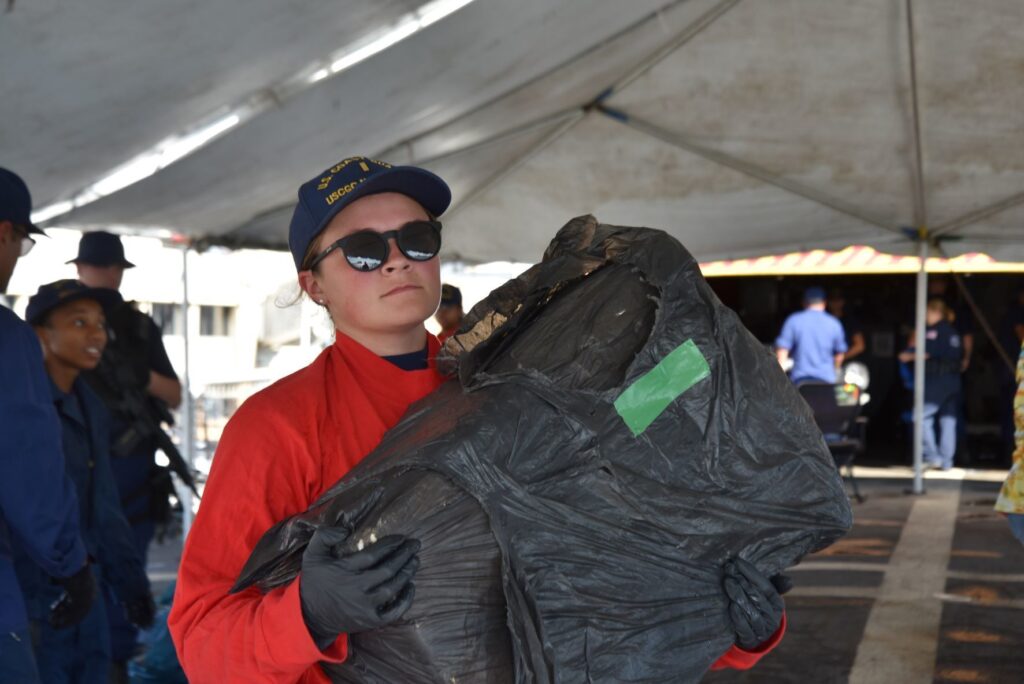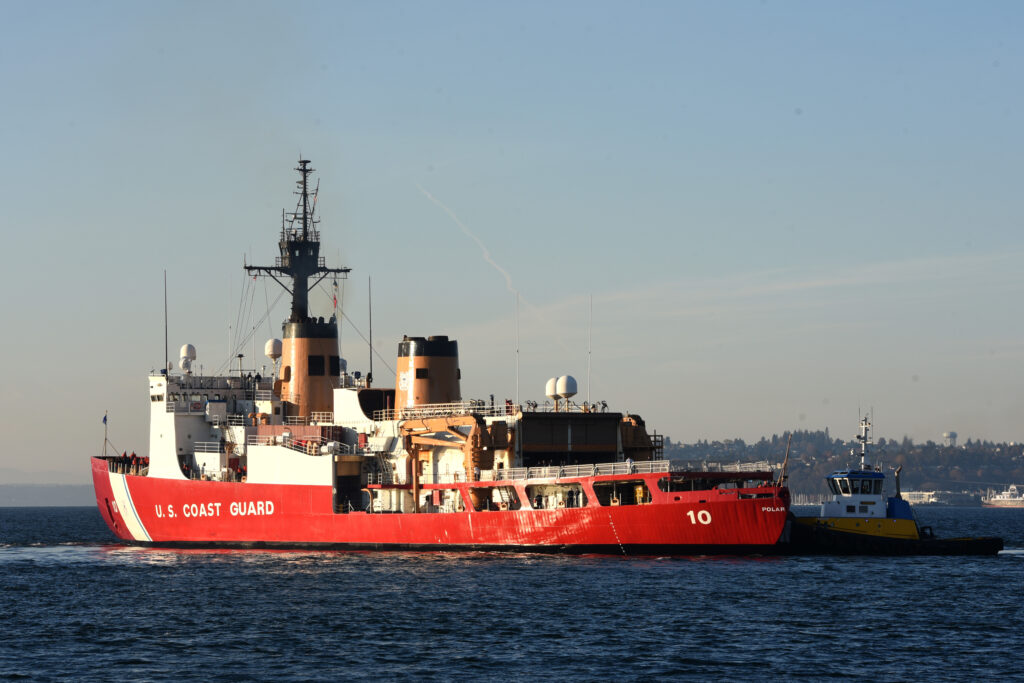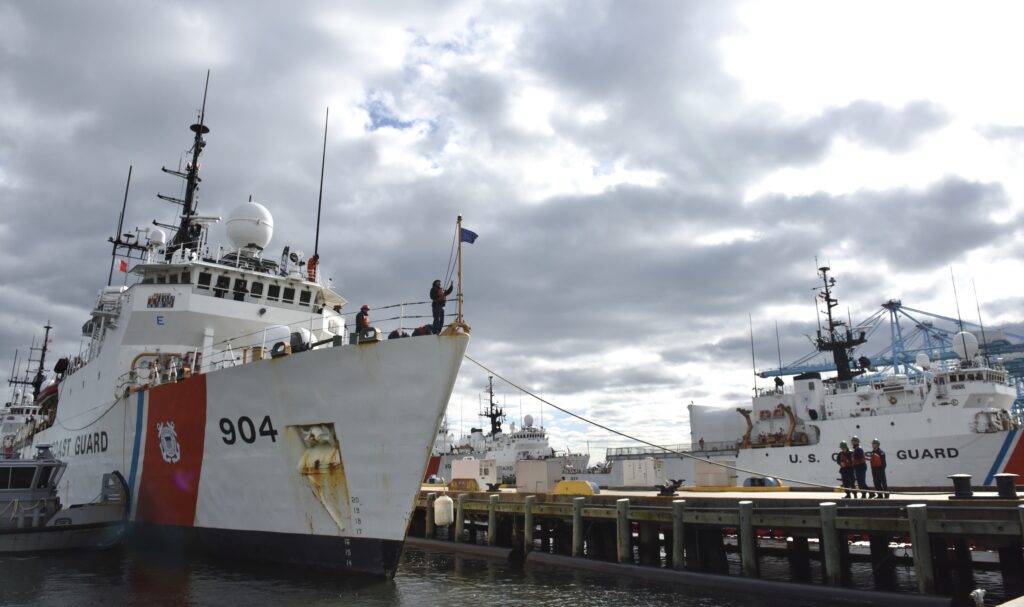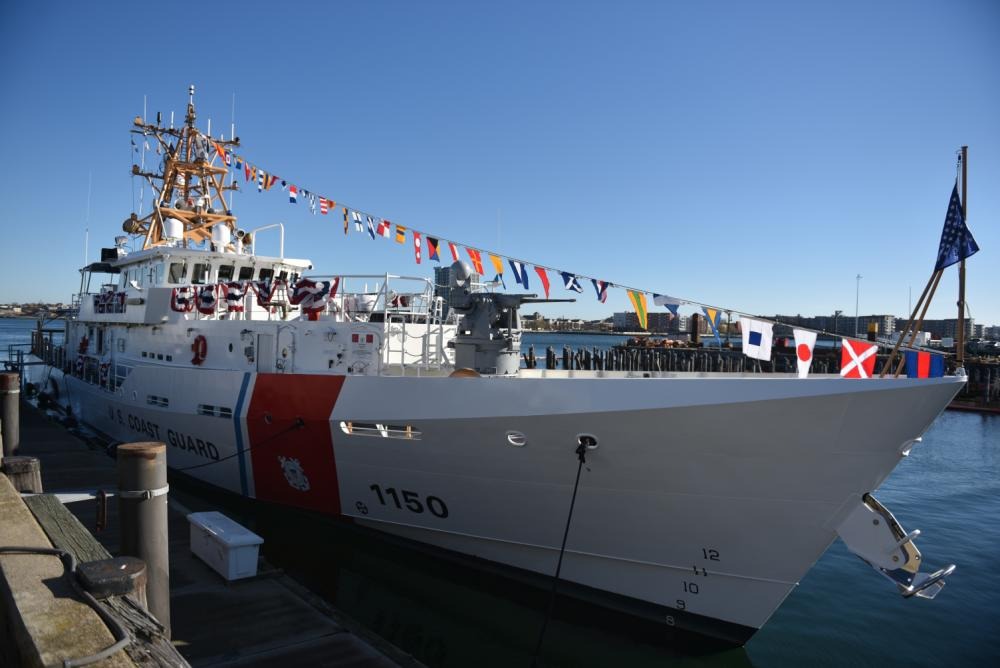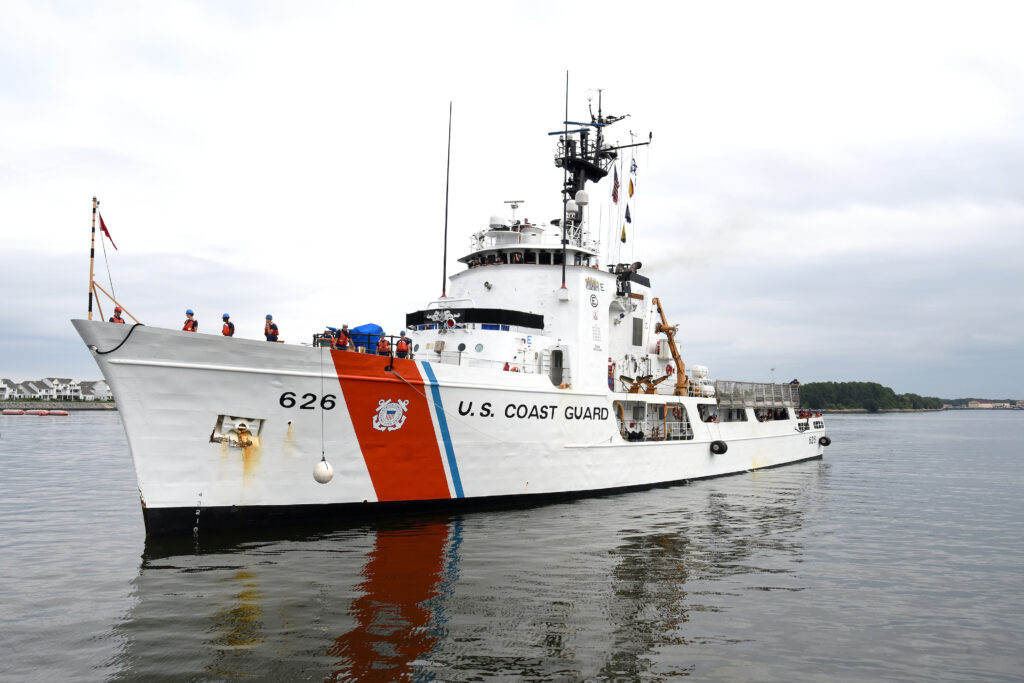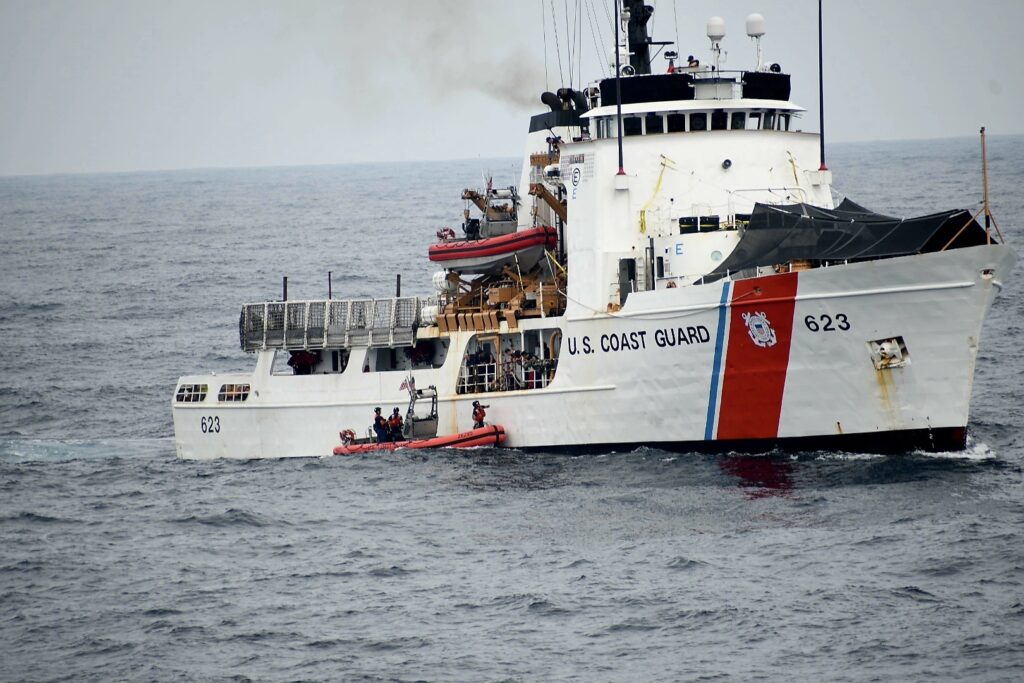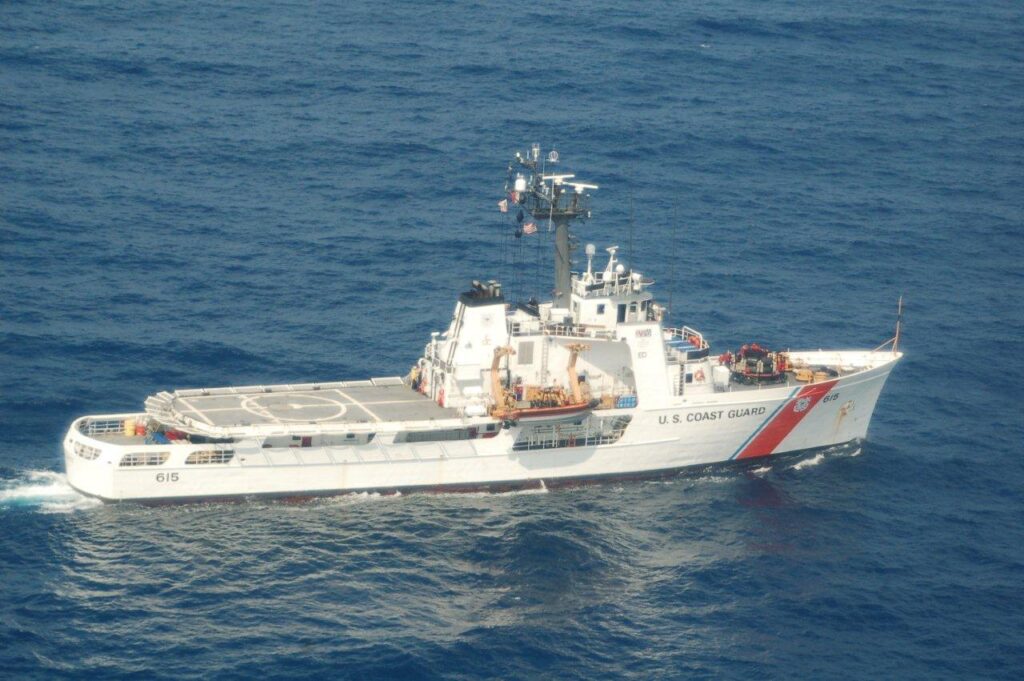Cutter Oliver Berry Completes Living Marine Resources Patrol in South Pacific
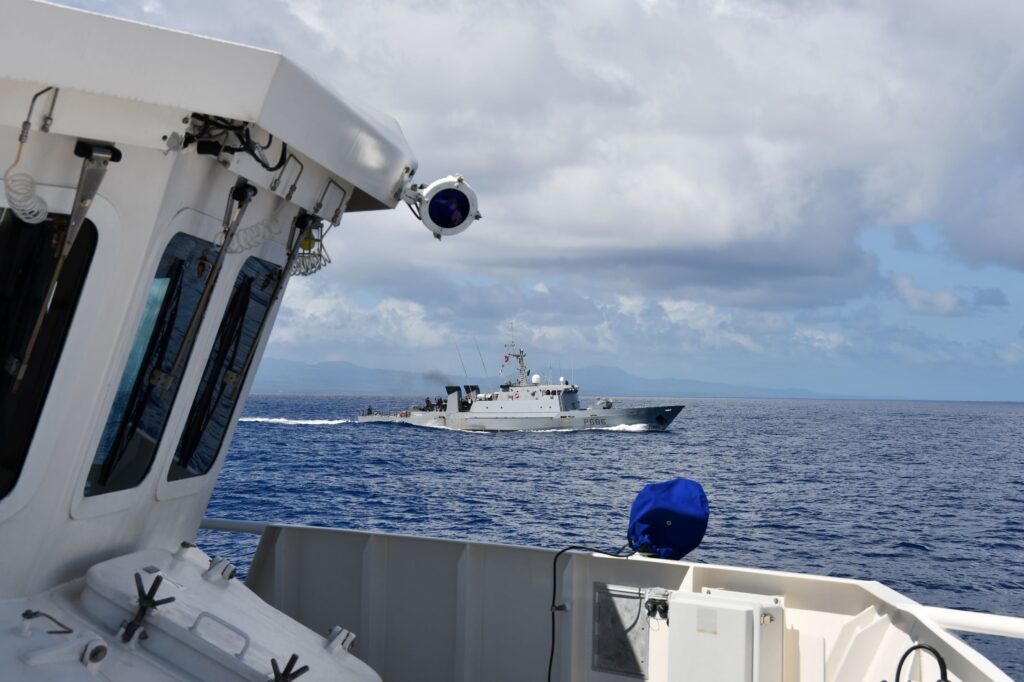
HONOLULU — The U.S. Coast Guard Cutter Oliver Berry crew returned to homeport in Honolulu Nov. 22 following a 38-day expeditionary patrol enforcing international living marine resources treaties and conducting joint operations with partner nations across the South Pacific, the Coast Guard 14th District said in a Nov. 23 release. During the 7,000 nautical-mile patrol, the Oliver Berry crew conducted 12 fisheries boardings, identified 16 fishery and safety violations and completed 18 community relation events while sailing from Honolulu, Hawaii to Kiribati, Samoa, the Kingdom of Tonga and American Samoa before returning to homeport.
During the first port call of the patrol at Kiritimati Island, Kiribati, the Oliver Berry crew delivered COVID-19 personal protective equipment donated by the U.S. Indo-Pacific Command’s Office of Global Health Engagement before conducting a contactless fueling evolution. The PPE supplies included face masks, thermometers, gloves and face shields to assist the island in their COVID-19 readiness and ensure the safety of its 7,000 citizens. While patrolling Kiribati’s Exclusive Economic Zone (EEZ), the Oliver Berry provided patrol coverage to support the country’s maritime law enforcement efforts.
The Oliver Berry’s next port visit to Apia, Samoa was the first by a U.S. Coast Guard cutter since 2018. During the port call, the crew of Oliver Berry participated in community engagement and outreach events, to include ship tours for partner maritime organizations and students, a visit to the Samoa Victims Support Group at Faleata to donate school supplies and hygiene products donated by the crew and the Honolulu Chief Petty Officer’s Association, a meeting with students from the National Maritime School to discuss life underway and a beach clean-up around the harbor of Apia. The crew of Oliver Berry also attended a welcoming reception for U.S. Embassy Apia Chargé d’Affaires Noriko Horiuchi, who recognized the crew for assisting Samoa in strengthening its maritime governance and security and highlighted the important role ship rider operations play in promoting maritime resource security. Prior to transiting to Tonga, the Oliver Berry crew also conducted a Passing Exercise with the FS La Glarieuse, a French Patrol Boat homeported in New Caledonia. The event included a crewmember exchange, formation steaming, simulated fishery and counter-narcotic boardings.
During the Oliver Berry’s time in Samoa and the Kingdom of Tonga, the crew also exercised Bilateral Law Enforcement agreements by hosting local law enforcement officers and conducting boardings in the country’s EEZs. While in Samoa, the crew partnered with officers from the Maritime Police Department and the Fisheries Department to patrol Samoan EEZ for two days, conducting four boardings and identifying six safety and fisheries violations on foreign and Samoan flagged vessels. While in the Kingdom of Tonga, Oliver Berry crew hosted officers from the Tongan Navy and Tongan Police Department to complete two boardings and identify one violation.
“The importance of exercising U.S. Coast Guard Bilateral Law Enforcement Agreements with our Pacific Island partners can’t be understated,” said Lt. Cmdr. Micah Howell, the commanding officer of the Oliver Berry. “These agreements allow us the opportunity to strengthen our partnerships and work closely with our maritime counterparts to collectively ensure maritime governance and security across the Blue Pacific.”
In addition to boardings being conducted in Samoan and Tongan EEZ’s, Oliver Berry crew also patrolled international waters in the South Pacific to detect, deter and suppress non-compliance with international treaties and conservation and management measures outlined by the Western Central Pacific Fisheries Commission (WCPFC). Oliver Berry crew conducted four WCPFC boardings in an effort to identify and counter illegal, unreported and unregulated fishing (IUU-F) activity, resulting in one fisheries violation.
The Oliver Berry is one of six highly capable FRCs stationed across District 14. Their crews provide year-round search and rescue and maritime law enforcement coverage across a 15 million square mile area of responsibility, demonstrating the United States Coast Guard’s enduring commitment to our partner nations across Oceania.
